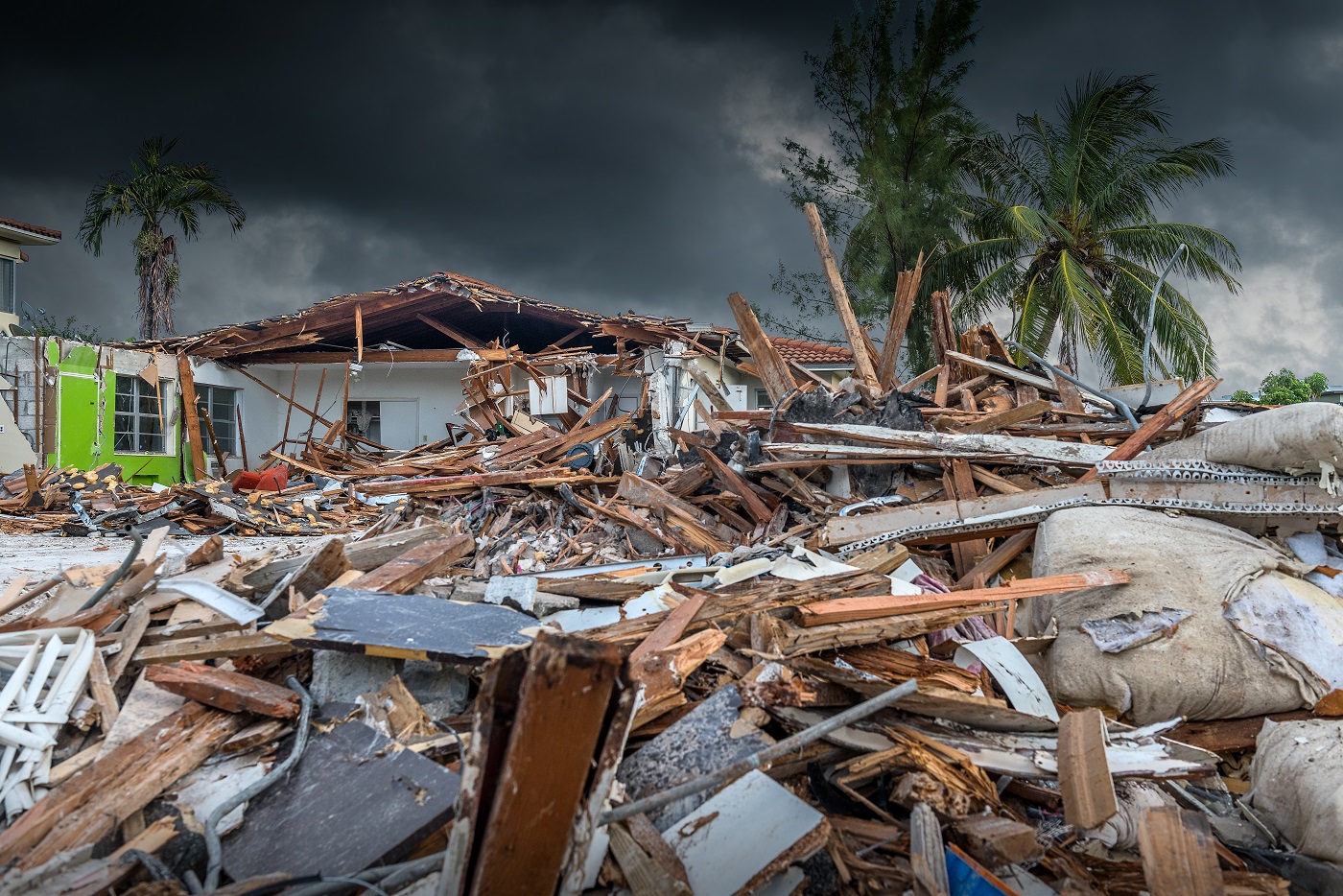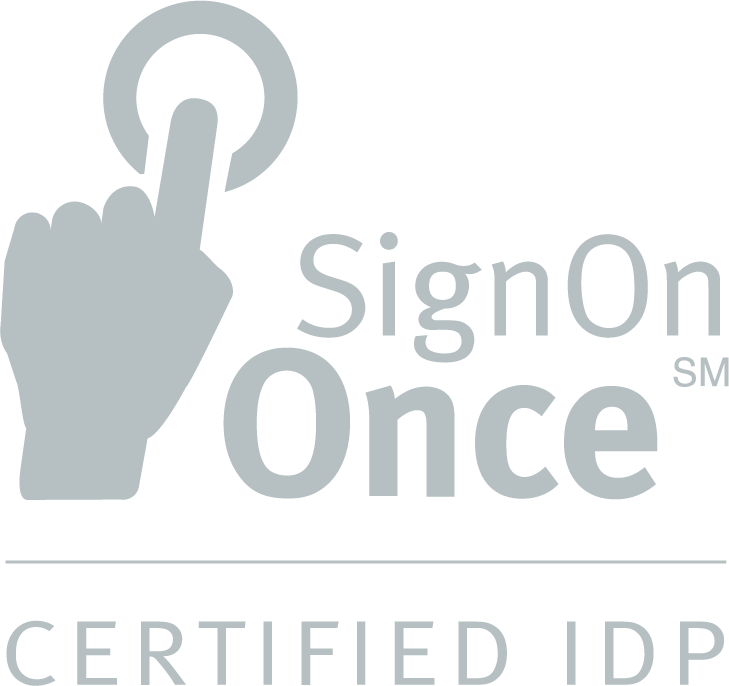In 2021, for the seventh straight year, hurricane season got an early start with Hurricane Ana forming before the official June 1 start date. Early on in 2021, experts warned to brace for another record-breaking season, with the National Oceanic and Atmospheric Administration (NOAA) predicting a 60% chance of an above-normal hurricane season.
As the U.S. endures longer hurricane seasons, largely due to increasing ocean temperatures resulting from climate change, the degree of risks and damages faced by the end-insureds also increases. In these situations, the insurance industry must evaluate the balance between providing adequate coverage and managing their own business risk.
Here’s a look at how the insurance industry is navigating these rough waters now that peak hurricane season is here.
A look at private vs. public flood insurance
Homeowners’ insurance often isn’t enough to cover hurricane damage since flooding isn’t covered under standard policies. Folks in hurricane-prone areas must also obtain flood insurance to protect against possible damages, and they can even get add-ons such as windstorm insurance.
For decades, flood insurance policies were only issued through the government by a group called the National Flood Insurance Program (NFIP), which is managed by the Federal Emergency Management Agency (FEMA). Thanks to a pioneering regulatory shift in policy resulting from the Biggert-Waters Flood Insurance Reform Act of 2012, and boosted by a 2019 mandatory lender acceptance rule, private insurers have entered and solidified their place in the flood insurance market.
While there are benefits to both, private flood insurance offers options that the NFIP doesn’t. For instance, NFIP coverage limits cap out at $250,000 on the building and $100,000 on contents, and don’t allow for any optional endorsements. Private markets also have the bandwidth and technology to embrace flood insurance more fully, frequently offering higher limits, optional endorsements, and quoting/binding expedience.
Upcoming changes in flood insurance
FEMA is scheduled to change the way it prices flood coverage policies later this year, after seeing the need for an overhaul of the flood insurance program to better reflect climate risks.
In response, some members of Congress have opposed the modifications, referring to concerns about resulting changes in affordability. While the objective is to more accurately reflect the increased risks that homeowners face, some end-insureds may have to pay significantly higher rates.
More than a P&C issue
These natural disasters aren’t just a property issue. Their resulting damage can affect multiple lines of insurance. For example, a severe weather event such as a hurricane may lead to flooding and power outages, creating the ideal environment for mold and bacteria to flourish in a building. If a business doesn’t provide the right protection and safeguards at their building, they could be liable for claims related to food-borne illness, Legionnaires’ disease, or other health risks.
Using to tech to process claims during Covid-19
Technology plays an important part in helping the industry respond and adapt during natural disasters, especially during the COVID-19 pandemic. As insurance companies have navigated safety measures such as social distancing, an extraordinary mix of technology has allowed them to expedite insurance claims after natural disasters without ever coming into contact with people.
Drone and satellite technology has allowed adjusters to survey damage of roofs from above without ever having to climb them. Additionally, artificial intelligence has helped insurers understand how many claims might be coming by seeing radar imagery overlaid with their policyholders’ homes in a particular area.
Smartphones are also a vital tool in helping keep the line of communication open between the end-insured and insurers during COVID-19. For example, a family might be hesitant to let anyone outside their family enter their home to assess the damage from a hurricane. InsurTech approaches such as video chats, electronic online payments, and automated tools to get measurements allow insurance companies to assess damage and handle claims without having any in-person interaction.
Moving forward
As the climate crisis evolves and hurricane seasons continue to increase in severity and longevity, it is vital for leaders in the P&C space to understand and acknowledge how the end-insureds will be impacted. Are the end-insureds getting the targeted communication they need, especially if they are in a vulnerable area? Is there anything insurance companies can be doing to proactively respond to these weather episodes?
InsurTech will continue to play an important role in how the industry moves forward, whether it’s by adopting new approaches and communications tools for carriers and agencies or providing strong data that can help them make the best decisions.


